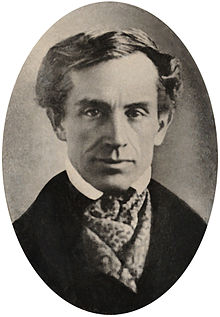The American colonies had to accept whatever price they were given by their Mother Country for their products, no matter how low they were. The colonies were forced to buy goods from their Mother Country as there was no other way they could get manufactured products, even if they were produced by the goods which were America's property. In fact, Mother Countries just wanted to augment state power at the expense of the neighbour contries power.
The begining of slavery starts during colonization, Denmark started to import black slaves from the Caribean sugar colonies or even directly from Africa. During colonization, teaching slaves to read was prohibited, so that they would not rebel or escape with revolutionary ideas which came from Europe in their heads.
England, for example, owning 13 colonies took greater interest in the rule of the Colonies. At first the Colonies were proud of belonging to England, it was a series of events which ended up creating a revolution, the American Revolution. Just before it started, the King of England lost lots of money in the French and Indian War, this was because of buying expensive supplies for the War. He then wanted to pay his debt, and to do this, he implanted several taxes on the colonies without telling them. American colonies were overexploited, they were forced to work for many hours and they were used for the benefits of the Mother Country. They took advantage of them, to produce, sell and make money by making them work in crucial conditions, under pressure and with punishments.

Mother Countries didn't respect John Locke's ideas, the three rights of liberalism; life, liberty and property. As well as John Locke, the most important thinker and phylosopher of the Enlightenment, Adam Smith was also important, because of his ideas opponing to mercantilism and feudalism. Adam Smith believed that if the state provides the people freedom to manage their own economic devices instead of controlling it, the result would be a peacefull and more equal society, raising prosperity.
Just like Adam said following the ideas of liberalism, power controls people, it is like an invisible hand, full of ambitions, those ambitions are selfish, they do not envolve other people.
Both thinkers insisted that when government violated individual rights, people may rebel.
Adam Smith John Locke











